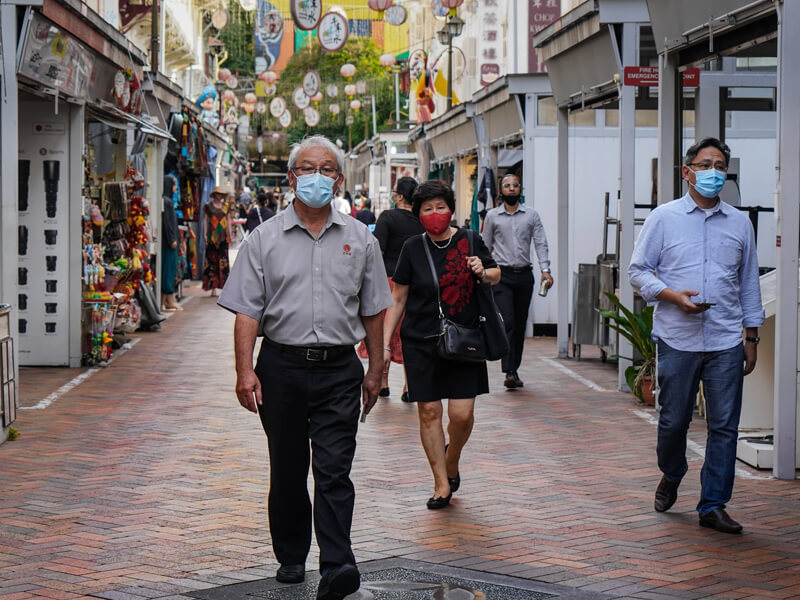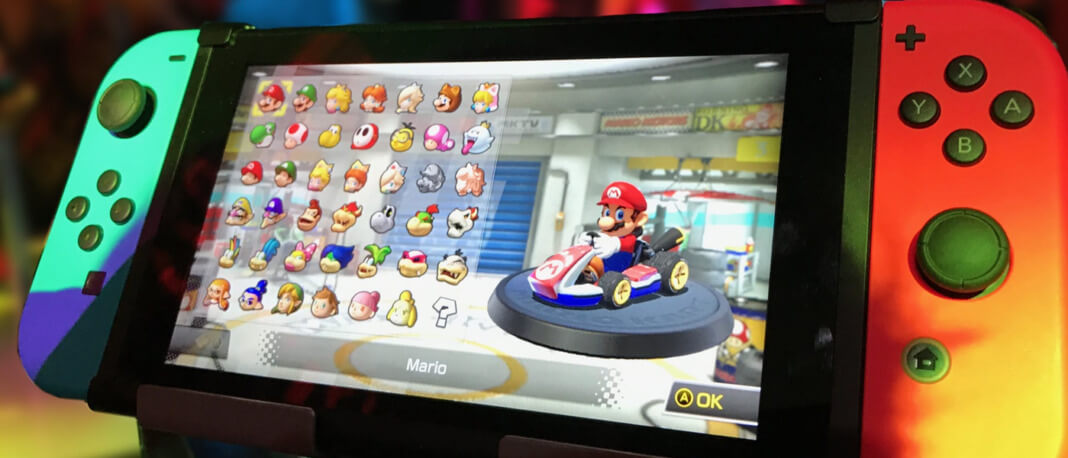Imagine going out of the house with nothing, only your mobile phone. Payment can just be made with a “tap” on the machine. Don’t you think it is very convenient and save you the trouble of taking your cash or maybe finding loose change in your pocket to pay that few cents? E-payments has grown since the early days of the introduction of credit cards. Today, more e-payment modes are available to consumers, like mobile payment alternatives such as Apple Pay, Samsung Pay, and e-wallets, Grab Pay.
With the COVID-19 outbreak, it has led to an increase in usage of contactless payments, thanks to their hygienic benefits of reducing contacts between consumers and merchants. It also further emphasizes its widespread availability, ease, and convenience during this period. However, its security concerns and deep-rooted consumer behavior have made us more hesitant to adapt to this new form of payment fully.
Higher adoption rate due to COVID-19
COVID-19 has significantly impacted payment methods due to a fear of contracting the virus from handling cash or touching hard surfaces such as PIN pads and touch screens. Due to this, contactless payments can successfully reduce the potential spread of the virus and allow social distancing to be observed. For instance, Singapore’s largest bank DBS mentioned that the volume of cashless transactions nearly doubled in the first three months of this year compared with the same period last year. This shows that with the crisis, even though it might be difficult, it served as a catalyst for a more cashless society and allows consumers to be encouraged to adapt to this new normal.
The convenience of contactless payment
Secondly, contactless payment is more convenient and saves time. With this new method of payment, the consumer can function without a physical wallet. With the current credit cards with payWave function, it is not a surprise to see that a transaction would be done within a minute or less. This greatly decreases business time and money because managing physical cash incurs cost. As quoted by a Singapore minister, Tharman Shanmugaratnam, it is estimated that the cost of processing cash is about S$2 billion a year, or 0.5% of our GDP in 2015. This is the amount that businesses collectively can save. Hence, the increasing features of contactless payment such as payWave and flash pay, which allow the transactions to be more seamless and doable, can potentially drive productivity and optimize people’s living standards.
Concerns for the older folks

However, while the millennials are more adaptable to the new technology, and with the Singapore government plan to make the island cheque-free by 2025, we should ask ourselves whether the older citizens are ready for a cashless society in the near future. Besides, is the path of cashless society ever be so safe and secure, without any threats?
Older people do not use credit cards due to difficulties and security concerns. They are more comfortable paying through physical cash. Similarly, how can one trust the new tap-and-go payment when there is a lack of trust in the system? By 2035, it is estimated that 32 percent of Singaporeans will be aged 65 and above. The demographic shift also signifies that we are facing an aging population. Indeed, Singapore is not the only one facing the situation.
As many countries are going cashless, we also have to consider the demographic variable not to neglect this group of people. They might be facing exclusion from the economy if stores refuse to receive cash or the disappearance of ATMs as it is too expensive to handle. Hence, for a country to be fully-utilized contactless payment, more proper usage guidance can be done through addressing the concerns and offering assistance. Public agencies should also be aware that by encouraging a greater sense of partnerships to help the elderly – will they be more willing to step ahead and enjoy the benefits of contactless payment.
Security issues are still a concern
Lastly, security issues remain one of the concerns why many people might be hesitant to switch. With the 2018 SingHealth data breach, it might worry people that the same problem might happen with the money. This makes it harder to convince them to trust a system where you cannot see or touch the physical cash. To tackle this, an e-payment user protection guideline by the Monetary Authority of Singapore has been implemented. It minimizes the security risks, by conscientiously updating apps, enabling e-payment alerts, and reporting suspicious transactions or the loss of their mobile phones. Therefore, these measures are necessary to guard the security of the operators and users. The government should also ensure that the implementation of processes and rules should be enforced with education to prevent any mishap.
Summary
Fully-contactless payment is one step to become a more digitalized country. Although the path to fully-contactless payment is not an impossible dream, more has to be done to ensure a more seamless transition without leaving out any groups of people. The government has been making conscious efforts to turn the economy into a cashless society. Let us hope that this dream can be achieved without having anyone disconnected or hindered.
The COVID-19 outbreak has quickly catapulted contactless payments into the mainstream consciousness thanks to their hygienic benefits. Banks must fully capitalize on this unique messaging opportunity and ignite a longer-term behavior change among cardholders. They must ramp up the speed in which they are getting contactless cards into the market.





